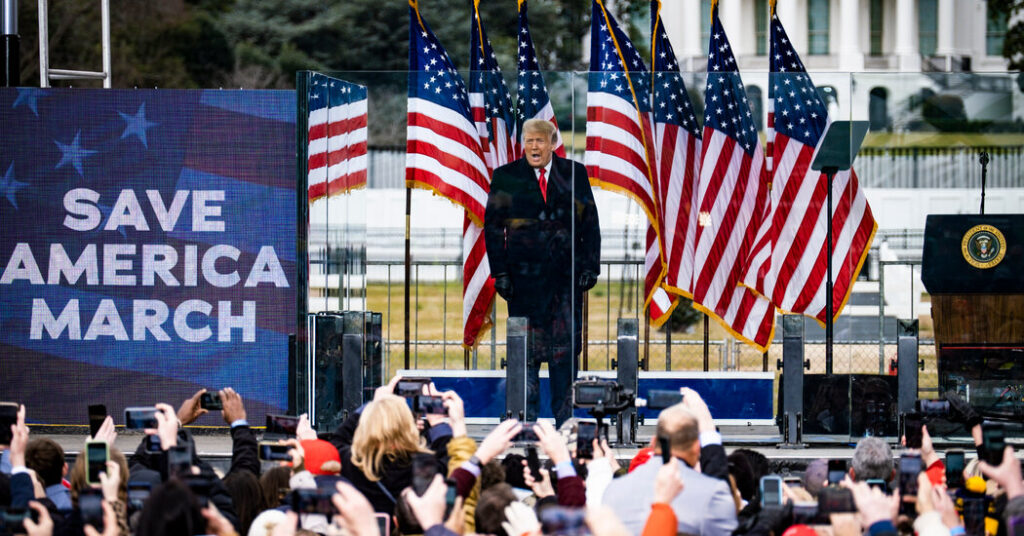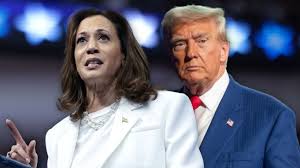Dive into the explosive primary race where a Trump-backed incumbent triumphed in a red state primary, causing a rift within the House Freedom Caucus. Discover the drama, strategies, and outcomes of this high-stakes political battle.
The political arena is always full of surprises, and the recent red state primary was no exception. When a Trump-backed incumbent wins a red state primary that split the House Freedom Caucus, you know you’re in for a rollercoaster of a story. This race wasn’t just about winning or losing; it was about loyalty, power, and the future direction of the GOP. So, let’s dive into this gripping tale of political intrigue and see how it all went down.

The Background: Setting the Stage
The Red State
When we talk about red states, we’re looking at regions that have a history of leaning Republican. These areas are often seen as strongholds for conservative values and the Republican party. This particular primary took place in one such staunchly red state, where the battle lines were drawn not between parties but within the Republican ranks.
The House Freedom Caucus
The House Freedom Caucus is a group within the U.S. House of Representatives known for its conservative and libertarian positions. They often push for smaller government and fiscal responsibility. This primary race, however, exposed deep divisions within the caucus, highlighting differing visions for the future.
The Incumbent and His Challenger
The incumbent, a seasoned politician with years of experience, had the endorsement of former President Donald Trump, which carried significant weight. His challenger, a young and ambitious member of the Freedom Caucus, sought to unseat him by rallying the more traditional conservative base.
The Campaign Trail: A Battle of Ideals
Trump’s Endorsement: A Double-Edged Sword?
Having Trump’s endorsement is like holding a double-edged sword. On one hand, it brings immense support from the MAGA base. On the other, it can alienate moderate Republicans and independents. The incumbent embraced Trump’s backing wholeheartedly, aligning his campaign with Trump’s America First policies.
The Challenger’s Strategy
The challenger positioned himself as a defender of traditional conservative values, arguing that the incumbent had strayed too far into populism. He emphasized fiscal responsibility, smaller government, and a return to what he termed “true conservatism.”
Campaign Tactics and Key Issues
Both candidates employed a variety of campaign tactics:
- Debates: Heated debates where both sides laid out their visions.
- Rallies: Energetic rallies that drummed up support and enthusiasm.
- Social Media: An aggressive social media presence to reach younger voters.
- Negative Ads: Both sides weren’t shy about using negative ads to undermine each other.
Key issues in the campaign included:
- Immigration policies
- Economic recovery post-COVID
- Second Amendment rights
- Government spending and debt
The Primary Day: A Tense Showdown
Voter Turnout
Turnout was exceptionally high for a primary, reflecting the intense interest and stakes involved. Long lines at polling stations and high early voting numbers suggested a closely contested race.
The Results
As the results trickled in, it became clear that this was going to be a nail-biter. In the end, the Trump-backed incumbent emerged victorious by a narrow margin. This victory wasn’t just a win for him but also a testament to Trump’s enduring influence in the GOP.
The Aftermath: A House Divided
Reactions from the House Freedom Caucus
The outcome of this primary sent shockwaves through the House Freedom Caucus. Members were split between those who supported the incumbent and those who backed the challenger. This division highlighted the growing rift within the group.
Implications for the GOP
The GOP now faces a critical juncture. Will it continue to align closely with Trump’s brand of populism, or will it see a resurgence of traditional conservatism? The primary’s outcome suggests that Trump’s influence is still strong, but the fractures within the party are becoming more pronounced.
FAQs
What does this victory mean for Trump’s influence in the GOP?
Trump’s endorsement played a crucial role in the incumbent’s victory, indicating that his influence within the GOP remains significant. However, the close nature of the race shows that there are substantial factions within the party that are seeking a different direction.
How did this primary split the House Freedom Caucus?
The primary revealed deep divisions within the House Freedom Caucus, with members split between supporting the Trump-backed incumbent and the more traditional conservative challenger. This split reflects broader ideological conflicts within the Republican Party.
What are the key takeaways from this primary?
- Trump’s Enduring Influence: Despite being out of office, Trump’s endorsement still carries considerable weight.
- Ideological Divisions: The primary exposed significant ideological divisions within the GOP and the House Freedom Caucus.
- High Voter Engagement: The high turnout indicates that Republican voters are highly engaged and passionate about the direction of their party.
Conclusion: A Defining Moment
When a Trump-backed incumbent wins a red state primary that split the House Freedom Caucus, it’s more than just a headline—it’s a defining moment for the GOP. This race underscored the enduring influence of Trump and highlighted the ideological battles that will shape the future of the Republican Party. As the dust settles, both the incumbent and his challenger will undoubtedly continue to play significant roles in this ongoing saga of American politics. For now, all eyes are on how the GOP will navigate these choppy waters, striving to unify while accommodating its diverse factions. The road ahead is uncertain, but one thing’s for sure: it’s going to be a fascinating journey.
Also Read about A to Z Sportz



